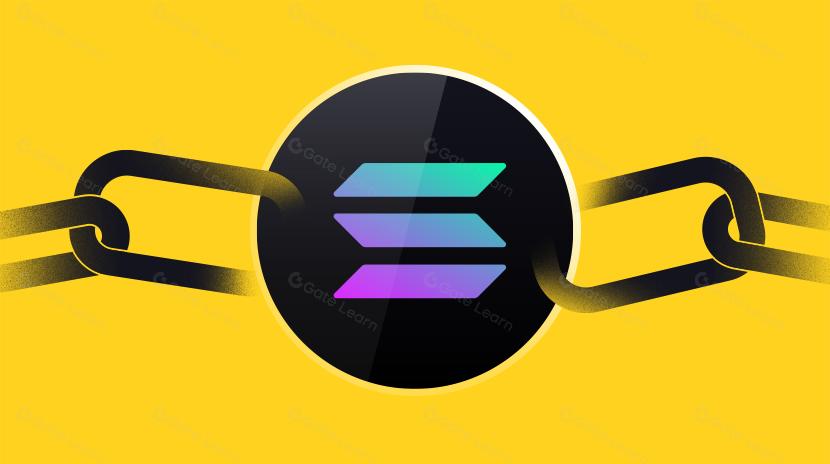Consensus Mechanism

Consensus mechanisms are fundamental protocols in blockchain networks that enable participating nodes in a distributed system to agree on the state of the network, thereby ensuring transaction validity and ledger security. In decentralized environments where no central authority exists to verify and confirm transactions, consensus mechanisms solve trust issues between nodes, prevent malicious behaviors such as double-spending, and maintain network integrity and reliability.
The origin of consensus mechanisms can be traced back to the Byzantine Generals' Problem in distributed computing, which describes the challenge of reaching agreement in a distributed system with potentially malicious participants. Early consensus algorithms were primarily used in traditional distributed databases and fault-tolerant systems. When Bitcoin launched in 2009, Satoshi Nakamoto innovatively introduced the Proof of Work (PoW) mechanism, which became the first widely adopted consensus algorithm for blockchain networks. Subsequently, various alternative mechanisms such as Proof of Stake (PoS), Delegated Proof of Stake (DPoS), Practical Byzantine Fault Tolerance (PBFT), and others were developed and implemented.
The working principle of consensus mechanisms varies by specific algorithm, but the basic process typically includes transaction broadcasting, block proposal, validation process, and final confirmation. Taking the most common Proof of Work as an example, miners compete for the right to record transactions by solving complex cryptographic puzzles. The first miner to successfully solve the puzzle earns the right to add a new block and receives block rewards. Other nodes verify the validity of the block and, upon reaching consensus, add it to their local copies of the ledger. Proof of Stake mechanisms, in contrast, determine validator weights based on coin holdings and lock-up periods, replacing energy-intensive computational competition. Different consensus mechanisms involve trade-offs between performance, security, and decentralization, requiring system designers to choose based on specific application scenarios.
While consensus mechanisms provide fundamental security guarantees for blockchains, they face several risks and challenges. First are security threats such as 51% attacks (when a single entity controls more than half of the network's computing power and can potentially manipulate transaction records), nothing-at-stake attacks (specific vulnerabilities in PoS systems), and long-range attacks. Second is the scalability issue, as many consensus mechanisms struggle to maintain both high throughput and decentralization simultaneously. Additionally, energy consumption (especially in PoW), centralization tendencies (such as mining pool concentration and high capital barriers for validator nodes), and governance dilemmas (including fork governance and protocol upgrades) present significant challenges. Regulatory uncertainty further complicates the development and adoption of consensus mechanisms, with countries varying greatly in their attitudes toward blockchain technology, ranging from supportive innovation to strict limitations.
Consensus mechanisms, as core components of blockchain technology, are undeniably important. They not only provide the technical foundation for decentralized trust but also determine the performance characteristics and security levels of blockchain networks. As technology continues to evolve, new consensus algorithms such as voting-based consensus and hybrid consensus continue to emerge, aiming to find the optimal balance between decentralization, security, and performance. In the future, the development of consensus mechanisms may increasingly focus on environmental sustainability, cross-chain collaboration capabilities, and customizability to meet the needs of different application scenarios, ultimately driving blockchain technology toward broader commercial adoption.
Share
Related Articles

The Future of Cross-Chain Bridges: Full-Chain Interoperability Becomes Inevitable, Liquidity Bridges Will Decline

Solana Need L2s And Appchains?
